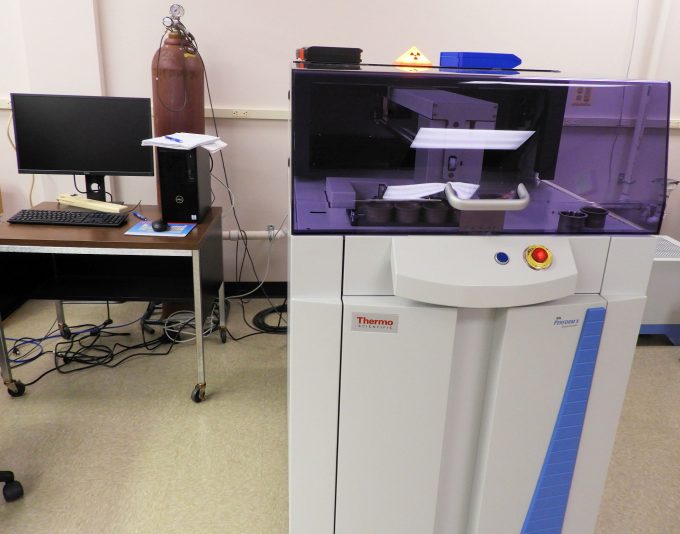In addition to the RoHS regulations of the European Union, there are numerous other restrictions on heavy metals in consumer products. To ensure compliance with these regulations, heavy metals testing is necessary.
- The REACH regulations of the European Union and the PROP 65 regulations of California place restrictions on the use of some heavy metals and many other chemicals.
- The Consumer Product Safety Act restricts the use of lead in children’s products and many general consumer products such as paints and surface coatings, child care products, furniture, curtains, and children’s jewelry. The maximum permissible lead concentration in paints and surface coating materials is 90 ppm by weight.
- The Consumer Product Safety Improvement Act requires that toys for children under the age of 14 must comply with ASTM F963. ASTM F963 places concentration limits on a number of heavy metals. ASTM F963 places limits on the following elements: Antimony < 60 ppm, Arsenic < 25 ppm, Barium < 1000 ppm, Cadmium < 75 ppm, Chromium < 60 ppm, Lead < 90 ppm, Mercury < 60 ppm, and Selenium < 500 ppm, as well as the phthalates: DEHP, DBP, BBP, DINP, DIDP, and DNOP.
- The Federal Hazardous Substances Act limits the lead content in paint and other surface coatings to 600 ppm by weight of lead.
- The FDA in CFR Title 21 places restrictions on the leachable lead and cadmium from flatware, cups and mugs, pans, and pottery. It has restrictions for lead, arsenic, and mercury in food preservatives.
- The FDA also places heavy metal restrictions on cosmetics on mercury and lead. The maximum for lead is 10 ppm, while that for mercury varies with use.
- The Mercury-Containing and Rechargeable Battery Management Act controls the mercury content in button battery cells, limiting the cell mercury content to 25 mg.
- The Model Toxics in Packaging Legislation, developed by the Coalition of Northeastern Governors, limits lead, mercury, cadmium, and hexavalent chromium to 100 ppm by weight in dyes, inks, pigments, stabilizers, and adhesives used in product packaging. This legislation has been incorporated in the laws of 19 states.
- USP <232> places limits on elemental impurities in pharmaceutical products with different limits for oral, parenteral, and inhalation in terms of micrograms per day. The oral limit by element in micrograms is Cd 5, Pb 5, As 15, Hg 30, Co 50, V 100, Ni 200, Th 8, Au 100, Pd 100, Ir 100, Os 100, Rh 100, Ru 100, Se 150, Ag 150, Pt 100, Li 550, Sb 1200, Ba 1400, Mo 3000, Cu 3000, Sn 6000, and Cr 11000 micrograms.
Anderson Materials Evaluation performs most heavy metals testing of materials using its wavelength-dispersive x-ray fluorescence spectrometer (WD XRF). When hexavalent chromium must be differentiated from other chromium, x-ray photoelectron spectroscopy (XPS) may also be utilized for the analysis.


